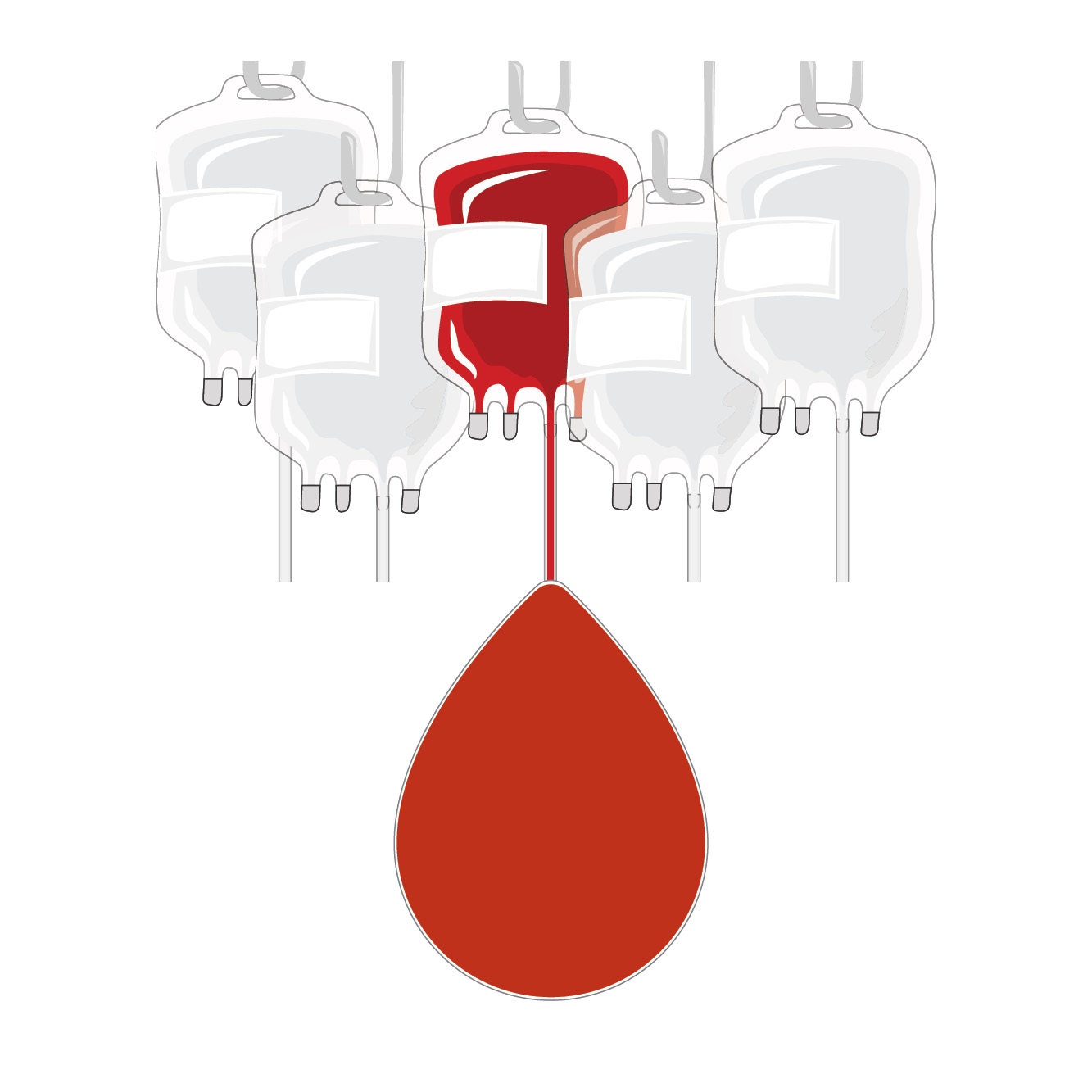Johns Hopkins Medicine is on pace to save over $1.8 million this year by reducing unnecessary blood transfusions, thanks to efforts by the system’s Blood Management Program using the Epic electronic health records software program.
“The bottom line is Epic has improved our ability to do evidence-based transfusion practice,” says Steven Frank, director of the Johns Hopkins Health System Blood Management Program. “Doing blood management is very data-intensive. We monitor transfusion guideline compliance. With the right data, you can improve practice by showing providers their compliance rates.”
Using interactive dashboards created by Ann Hoffman, senior director of clinical analytics at the Johns Hopkins Health System, and Tyler Wintermeyer, a clinical analytics systems architect, Frank and colleagues can easily monitor usage of red blood cells, platelets and plasma by department, even drilling down to see practice by individual providers. Reports are distributed to hospital departments monthly to encourage improved blood utilization and reduce unnecessary transfusions.
“We can show physicians their guideline compliance rates for transfusion compared with their peers,” Frank says. “We’ve found that’s the best way to improve practice.” In addition, when physicians go to order blood products in the system, they see a best practice advisory supported by two reports in the New England Journal of Medicine, with links to the articles. “It tells the providers this is not just our opinion; these are the landmark studies supporting that less is more in terms of transfusion,” says Frank.
Building on a successful campaign to reduce unnecessary red blood cell use, when Epic went live in July 2016, Frank and colleagues added a push to reduce unnecessary platelet transfusions. “Platelets are the highest risk and the highest cost of all the major blood components, so it makes sense to reduce platelet overuse as well,” Frank says.
Through these efforts, Johns Hopkins Medicine is on track to save $800,000 through reduced platelet use, $716,000 through reduced red blood cell use and $296,000 through reduced plasma use for fiscal year 2017 compared with fiscal year 2014, before blood management was incorporated.
The work not only has attracted positive feedback from departments like orthopaedic surgery and gynecology/obstetrics, but last September the blood management team was invited to Epic’s headquarters in Verona, Wisconsin, where they presented their work with interactive data dashboards. A description of the work also was published in the journal Transfusion.
“Our goals are to be as compliant as possible with evidence-based transfusion guidelines,” says Frank. “Blood transfusion is the most common procedure performed in U.S. hospitals and one of the top five overused procedures, according to the Joint Commission.” He has his eye on gaining the Joint Commission’s new certification for blood management.


